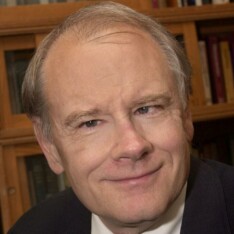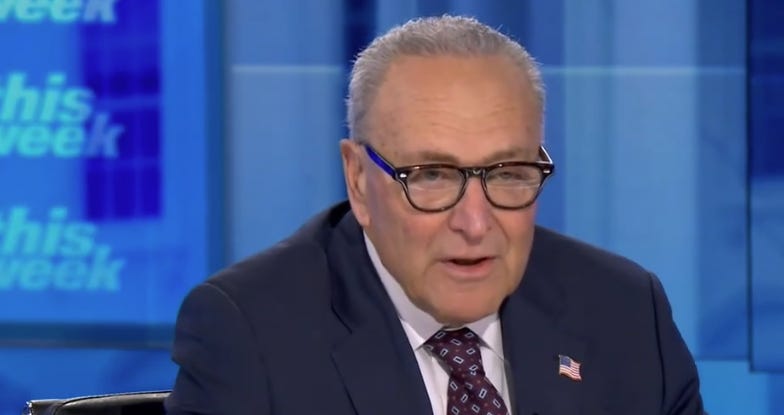Reprinted from the James G. Martin Center for Academic Renewal
Colleges perform two vital functions: They disseminate to the people (especially their own students) the knowledge and wisdom acquired through time in ways that enhance the common good, and they also expand that core of knowledge through research.
The typical university today, however, tries to do many other things peripheral to these main tasks, often diverting themselves from successfully accomplishing their two major functions.
They feed and house people, own hospitals and clinics, and run sometimes financially substantial entertainment venues (often featuring ball-throwing and kicking contests of various kinds). All the while, they claim they are also contributing to saving the planet from climate-driven catastrophe; alleviating racial, ethnic, or gender injustice by using their allegedly superior intellectual and moral values to improve the quality if not the quantity of human and other forms of life; and encouraging non-academics (especially what Leona Helmsley once called “the little people”) to do the same.
Financially, we can evaluate these assertions by examining university expenditures.
To be sure, spending varies enormously by type of institution, from modest community colleges to massive research universities. But few large universities spend more than one-third of their funds paying the people who do the actual teaching and direct the research—the faculty. Many of those schools do a bad job performing all sorts of tasks that are often better performed by specialists in the private sector—running campus transportation systems, housing, or cafeterias, for example.
Inside Higher Ed recently reported that Eastern Michigan University, in desperation and despite faculty opposition, is turning to a private company to build new dormitories for many of its students. Why? Enrollment has declined sharply, partly, many feel, because university-provided housing is old and dingy, with only one dorm even having central air-conditioning.
Recently, I traveled to Michigan to visit Tom Monaghan, who made a large fortune starting Domino’s Pizza near the Eastern Michigan campus, partly because kids craved his tasty pizzas over university-provided food. So he extended that concept, putting Domino’s near campuses nationwide.
Why don’t we allow pizza specialists like Monaghan and other food impresarios to take over feeding students, concentrating collegiate attention on educating them and doing research leading to new lifesaving drugs or other useful things? Why don’t we do the same with housing, student healthcare, and other functions that are best done through market competition?
To a limited extent, some universities do. And some things universities do have dual functions, both a traditional academic purpose and broader applications. I think here especially of hospitals and clinics associated with university medical centers. A small portion of their activity involves students working with faculty to examine patients, or running patient trials of new potential drugs discovered at the university.
But administrators at university medical centers seem determined today to grab the biggest market share providing healthcare services in the area, a distinctly different function than the educational purpose of teaching and research. I know of at least one huge research university (Ohio State) at which the budget of medical center–related activities equals that of the entire remaining institution.
An even bigger problem is the vast increase in resources now used to achieve nonacademic goals. College officials use funds that come from exorbitant tuition revenues, arising as a byproduct of the federal student-loan program (the availability of generous student-loan money has incentivized colleges to aggressively raise their fees). They then spend on programs and activities with little or no educational value.
For instance, when I began teaching college in the mid-1960s, there were no affirmative action personnel at my school or most others. Today, however, schools like the University of Michigan have an expensive bureaucracy measuring in the triple digits, who, in the name of “diversity, equity, and inclusion,” run roughshod over academic quality, reduce freedom of campus expression that is the heart of the intellectually examined life, and, through campus judicial proceedings, make a mockery of the rule of law and due process ideas going back to Magna Carta.
All of that spending has an opportunity cost—programs and projects that would help students learn more and become better prepared for life after they graduate.
Then there are intercollegiate athletics, which are non-existent in almost all other countries of the world. While ball-throwing, batting, and kicking contests are wildly popular throughout the planet, in over 90 percent of it they are conducted outside of the domain of universities.
As college sport has become hugely commercialized in America, honest accounting suggests it is carried out typically at an enormous financial loss. Eastern Michigan University, for example, typically loses well over $20 million annually on its college sports competitions. This is more than $1,000 a year per student, on a campus about six miles away from the more athletically successful University of Michigan.
Eastern Michigan is a university at which, the U.S. Department of Education’s College Scorecard tells us, 46 percent of students are low-income enough to obtain federal Pell Grants. Why increase the cost of their degrees with athletics programs that most don’t care about?
Another cost-driver is administrative bloat.
Once, I did a historical perspective of staffing at my typical, mid-quality state university, Ohio University. In the 1970s, there were roughly two faculty members for every non-teaching/research person we can call “administrators.” Few of those positions have anything to do with actual education. Today, the number of administrators is larger than the number of faculty. Tuition costs have more than tripled for in-state students, adjusting for inflation.
These students are paying to finance an army of apparatchiks who neither teach nor expand the frontiers of knowledge. Indeed, many of them are anti-academic individuals whose work lowers the quality of the examined life on my campus. The same story can be told across the land.
Lastly, while research can be a useful function of colleges, much of it is pointless, an exercise in filling up pages in journals that no one reads. Professor Mark Bauerlein makes that point clearly in his Chronicle of Higher Education essay, “The Research Bust.”
Colleges give many professors very light teaching loads so that they will have time to do research in their fields. The problem is that many of them have nothing valuable to say. Therefore, the commitment to research adds to costs with negligible resulting value.
A more sensible system would be to expect all faculty members to carry a full teaching load but to reduce it if outside parties want their research badly enough to buy their time. That would eliminate the “research for the sake of doing research” cost and probably improve teaching at the same time.
We should rethink how we finance colleges and incentivize them to return to basics—emphasizing job one, teaching, and job two, doing worthwhile academic research.
















